Medicinal plants or Medicinal herbs are very popular when it comes to treating diseases. Many people have great faith in the gentle effects of medicinal plants. And that's good. Because the doctor does not have to be tried for every niggle.
Occurrence and cultivation of medicinal plants

Medicinal plants is often found in the local flora. Plants from Asia such as ginkgo (Ginkgo biloba) are also very popular in plant medicine.
Many of the effective medicinal plants also grow in the Mediterranean, such as lavender (Lavendula latifolia), rosemary (Rosmarinus officinalis) and sage (Salvia officinalis).
Effect & application
Also Medicinal plants can sometimes cause allergic reactions. If allergies are known, then these plants can be excluded. There are several alternatives for everything in nature. Just an example:
If you have an allergic reaction to chamomile (Matricaria chamomilla), you can switch to peppermint (Mentha piperita) if it affects the digestive organs. Instead, sage does a good job in the neck area and marigold (Calendula officinalis) helps against inflammation.
The healing powers of many plants can be used in different ways. Whether as tea, in poultices, as ointments or in pastes or as a tincture or as a plant sap. And of course medicinal plants are used in pills and coated tablets. They are available as drops and also as suppositories, as baths and in sachets. For example, lavender is often offered in a scented pillow to promote sleep.
Attention should always be paid to the good quality of the medicinal plants. If you want to be on the safe side and have consistently good quality, you should get your medicinal plants from the pharmacy or from another reliable source.
Importance to health
Our grandmothers knew which medicinal plants and herbs are well suited to stay healthy or to get healthy. This is why peppermint often grew in her garden, and after a large meal it had a beneficial effect on the stomach, gall bladder and liver. Or the chamomile.It unfolds its anti-inflammatory effects in healing teas and in poultices for injuries. It is also very popular to gargle with a sore throat.
Horseradish (Cochlearia armoracia) was often cultivated in the cottage gardens. Freshly grated, horseradish has always been good for coughs and pain relieving compresses. Recent research has confirmed the great healing properties of this root.
Linden (Flores Tiliae) or elderflower tea (Sambucus nigra) are well-known home remedies for all febrile illnesses. Hawthorn tea (Crataegus oxyacantha) strengthens the heart and rosemary helps with convalescence.
The comfrey root (Symphytum officinale) helps with bruises, bruises and bruises. As a hot poultice, it unfolds its healing powers for varicose vein ulcers, strains and neuralgia. The marigold ointment allows small skin injuries to heal quickly.
The nettle (Urtica dioica) grows everywhere and has a purifying and draining effect on the blood. Due to its high mineral content, it is an extremely valuable medicinal plant. Nevertheless, in addition to its advantages, it also has an ingredient that causes problems for some people, the high histamine content.
St. John's wort (Hypericum perforatum) is an excellent medicinal plant for mild depression. But it also has an undesirable property and that is it makes it light-sensitive. Anyone who takes preparations made from St. John's wort should therefore avoid staying in the sun during this time. Because this could lead to undesirable skin reactions.
If you want to do something preventive for your health, you can put together a small plant pharmacy. This should contain precisely those medicinal plants that the patient or his family often need. This can be in the form of teas, tinctures or ointments.
In the case of more serious illnesses or if seemingly mild symptoms do not go away, a doctor should be consulted.
Over-the-counter medicines with St. John's wort and medicinal plants
Get information here:

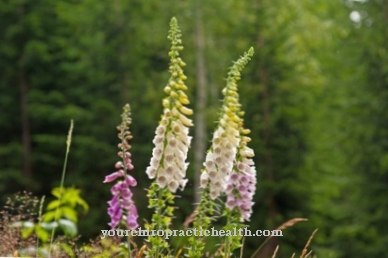
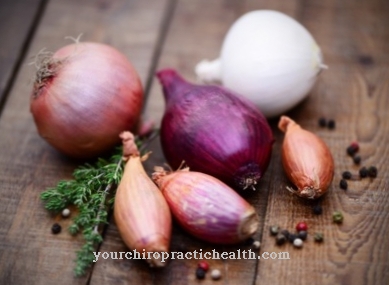
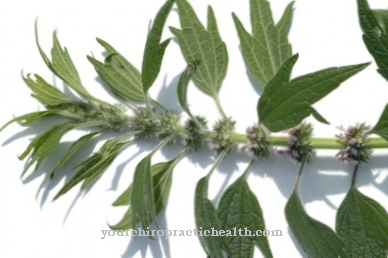
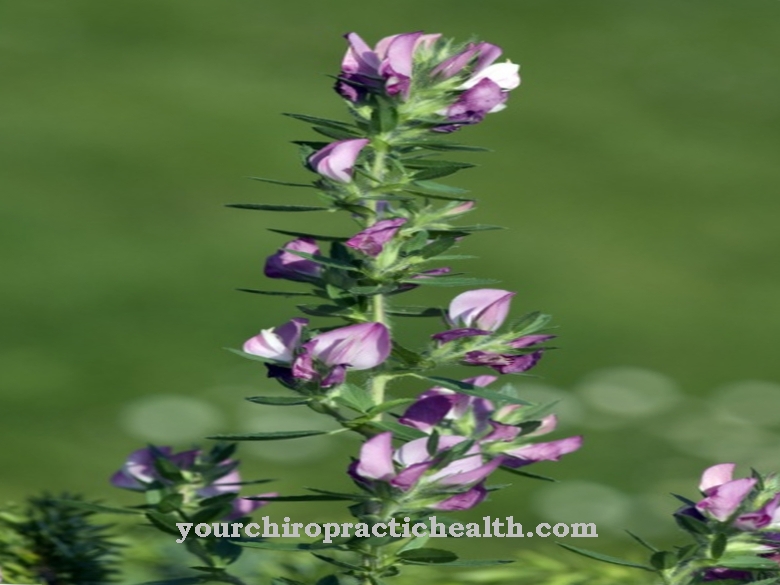
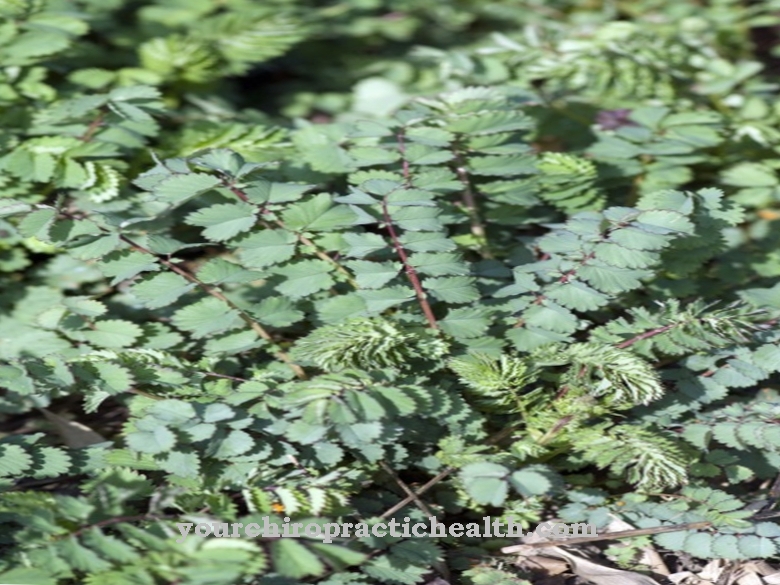
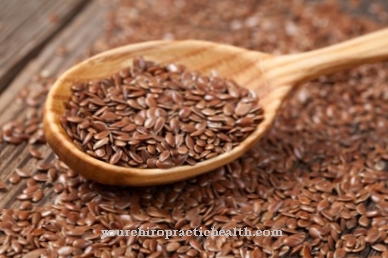


















.jpg)


